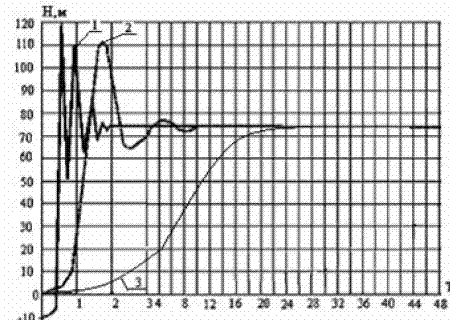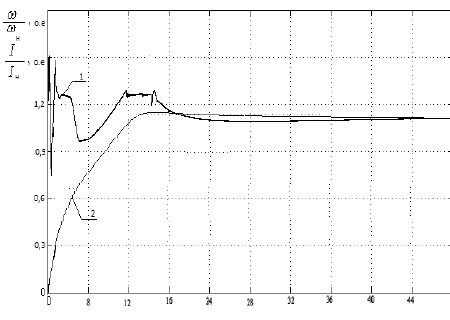Water Supply in Small and Medium-Sized Settlements
Until recently, water supply systems in small and medium-sized settlements were primarily based on water towers. Despite their simplicity and prevalence, these systems have several obvious drawbacks:
- Serious problems in conditions of negative temperatures, especially during reduced water consumption;
- Intensive corrosion of storage tanks, leading to a high content of rust in the water;
- Intermittent and limited water pressure in the pipeline system, determined by the height of the tower;
- High labor and resource intensity of maintenance and repair work for the water tower.
However, New Solutions for Water Supply
Water supply from underground sources using submersible pumps partially addresses these problems, but also creates new ones. The technological modes of operation for borehole pumps have their specific features, which limit their functional capabilities. For example, most pumps produced in Ukraine and Russia limit the number of starts per hour to a few cycles. At the moment of starting, the electrical (in terms of current and voltage) and mechanical (increase in torque and hydraulic shocks) loads on the key nodes of the system significantly increase.
To illustrate, we will provide graphs of pressure changes during the start of a typical submersible pump:

Line 1 represents the pressure change without transitional starting modes with the presence of air in the pipeline, line 2 - in the absence of air, and line 3 - with frequency regulation of the borehole pump's output. Starting modes lasting longer than 8-10 seconds are even more unfavorable.
Implementation of Energy-Saving Technologies
When the pump motor is started directly, its windings are subjected to intense heating due to current surges, leading to rapid wear. The choice of a soft start method for the motor depends on many factors, including:
- The specifics of the particular water supply facility;
- Technical requirements;
- Standards and rules for operating the electrical network;
- The cost of equipment.
Recently, the method of controlling motor starts using a frequency converter, which we will refer to as "frequency regulation of borehole pumps" (FRBP), has gained increasing popularity. With the decrease in cost and improvement of frequency converters, FRBP is becoming a practically ideal solution for managing pump operation.

This method has the advantage that the current in the windings can be maintained within nominal limits, which eliminates restrictions on the number of starts and stops of the pump. Additionally, the need to wait for heat energy dissipation disappears. The use of a frequency converter allows for various protection and control functions, such as:
- Automatic pump shutdown in the absence of water flow ("sleep" mode);
- Automatic detection of leaks in the pipeline;
- Automatic transition to energy-saving mode when water consumption decreases.
Moreover, due to more efficient energy consumption, it is possible to install a pump with a lower nominal power, which leads to significant reductions in costs for electricity, maintenance, and repairs. The payback period for expenses related to the acquisition, installation, and adjustment of equipment for FRBP ranges from one to three years, depending on the specifics of the particular facility.